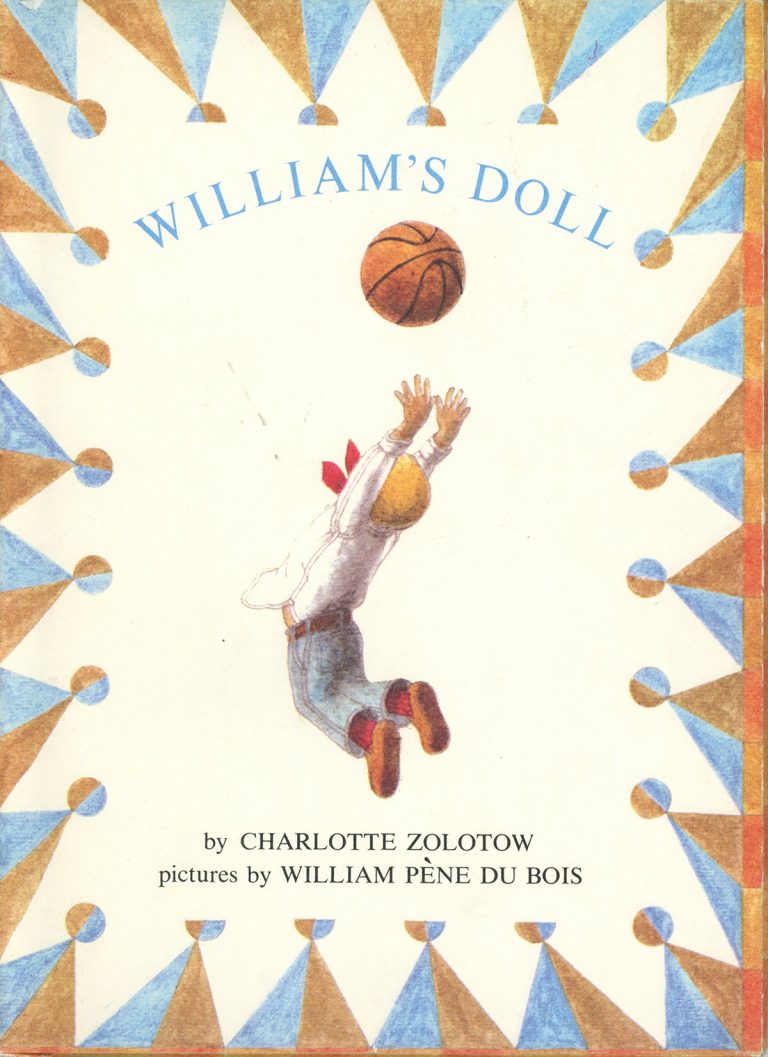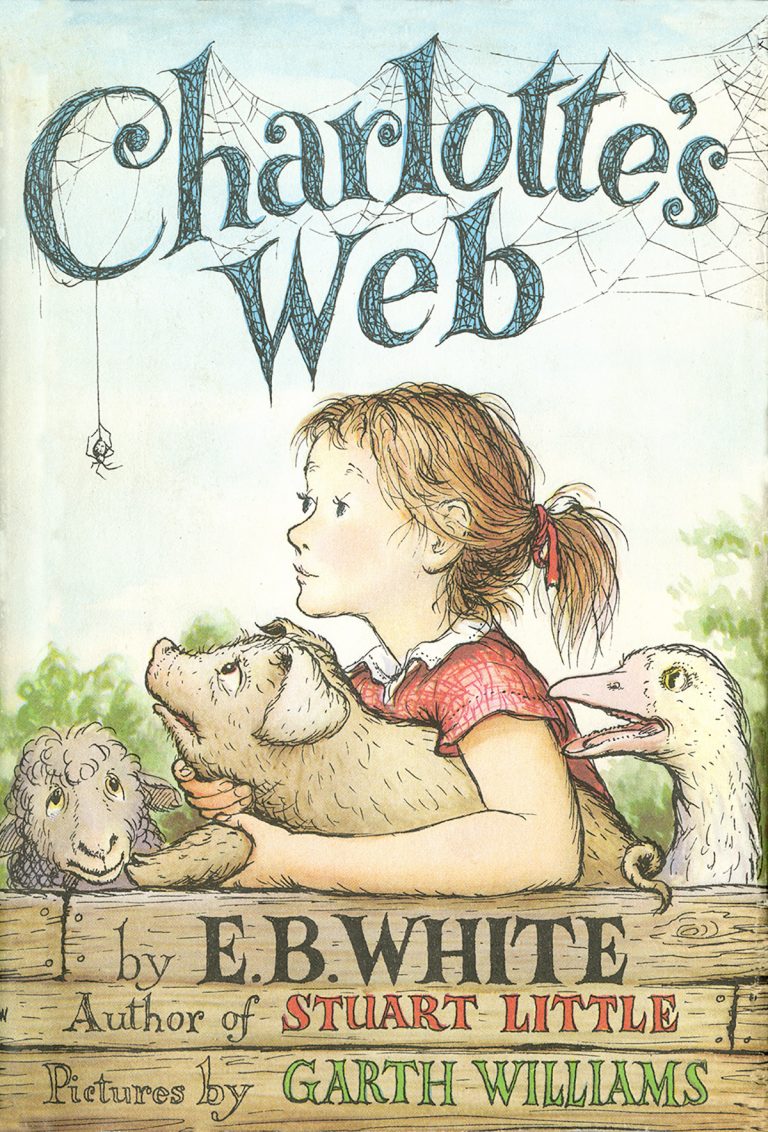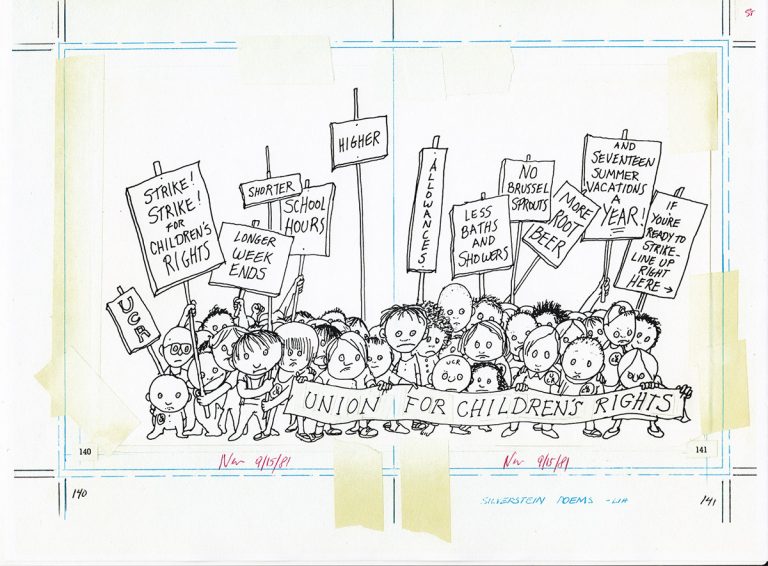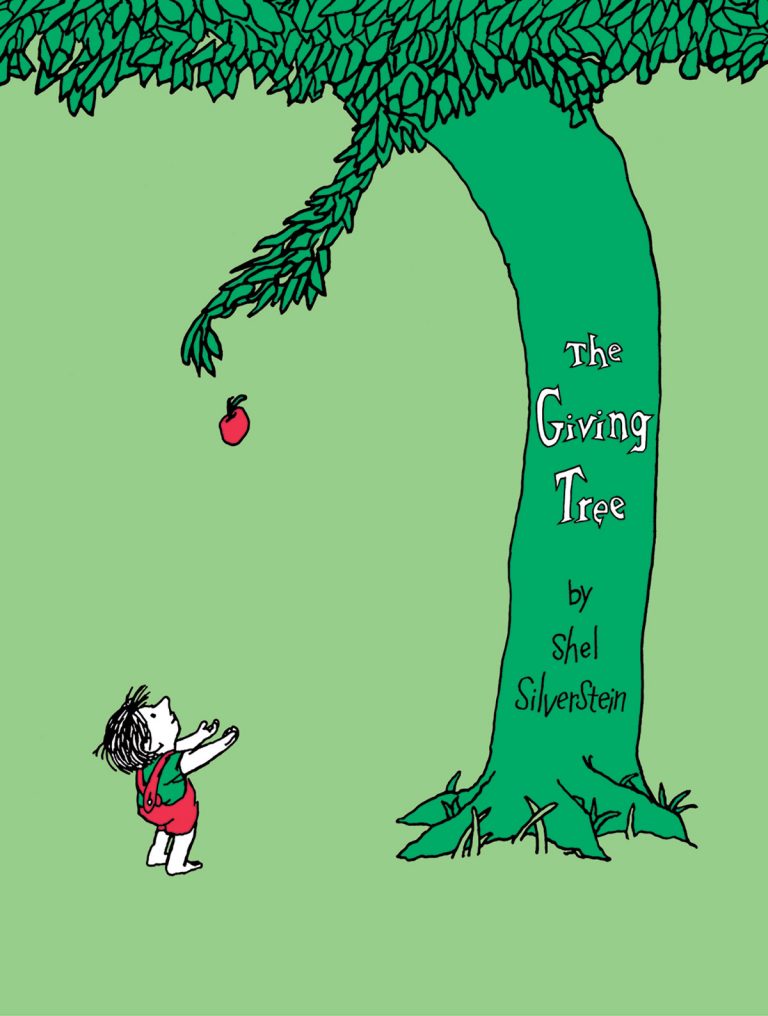Explore significant moments in HarperCollins history
A 1972 edition of William’s Doll, written by Charlotte Zolotow and illustrated by William Pène Du Bois.
Pushing the Boundaries of Children’s Literature
Children’s books explored uncharted territory in the mid-1960s as Harper & Row began to champion boundary-pushing children’s and young adult books. After Maurice Sendak’s Where the Wild Things Are (1963) illustrated the aggressive fantasies often experienced by children, other titles dealt increasingly with once-taboo subjects. For example, Louise Fitzhugh’s Harriet the Spy (1964) considered “adult” topics like divorce and alcoholism from a youth perspective.
William Morrow and Company followed suit with Zoa Sherburne’s Too Bad About the Haines Girl (1967), about teen pregnancy, and J. B. Lippincott published titles like Jeannette Everly’s Escape from Nowhere (1969), about peer pressure and drug use.
Harper & Row editor and author Charlotte Zolotow published William’s Doll (1972), tackling stereotyping and gender roles, while Ursula Nordstrom championed John Donovan’s I’ll Get There. It Better Be Worth the Trip. (1969), which included a homosexual relationship. When asked about progressiveness in youth literature, Nordstrom said, “The walls crumble down just a little all the time.”





